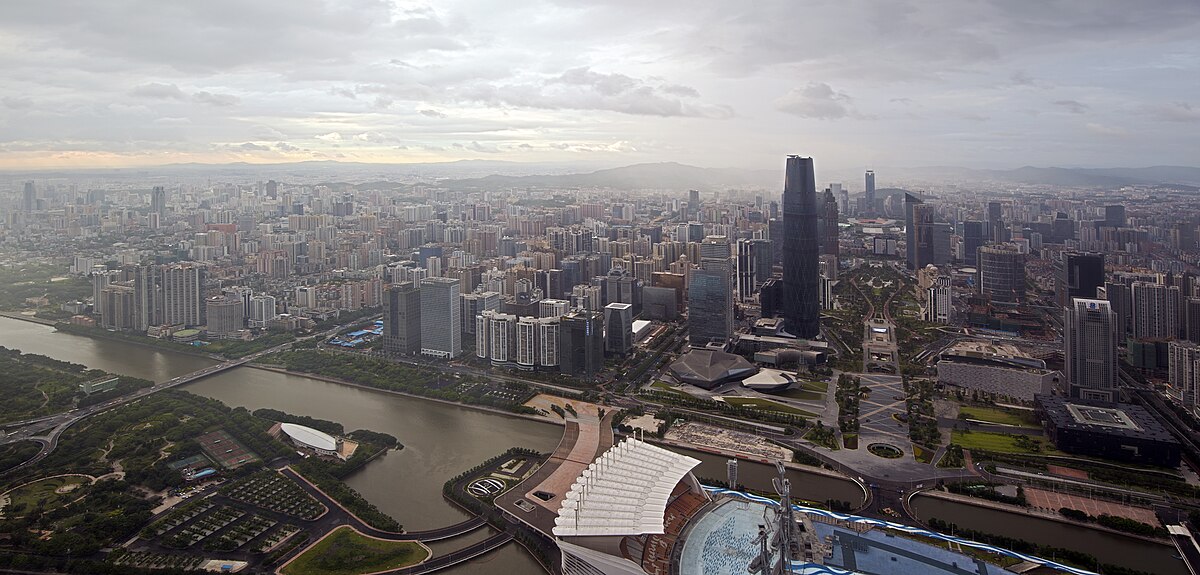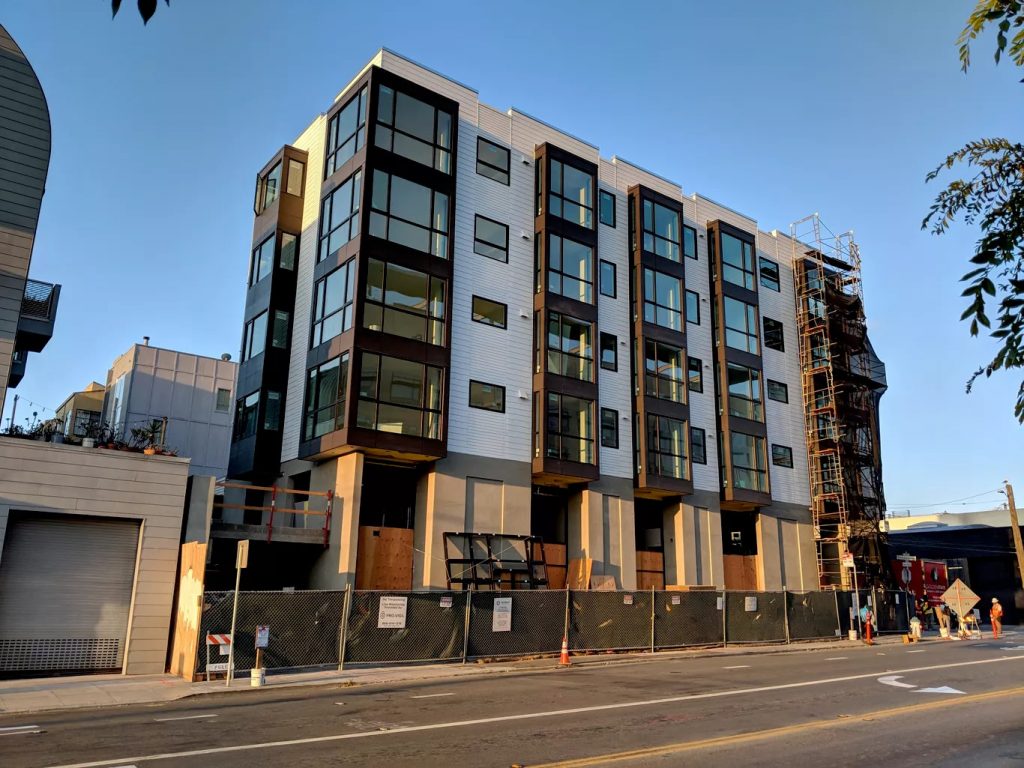The Impact of Urbanization on Building Trends
Reach out to us directly by calling us, emailing us, or by filling out the form below. Thank you.
Urbanization, a transformative global phenomenon, has redefined our landscapes and lifestyles. As cities burgeon, they become epicenters of innovation, culture, and economic growth. Yet, this rapid expansion isn’t without its challenges. The architectural realm, in particular, has witnessed a seismic shift. Modern building trends, driven by urban sprawl, are a testament to humanity’s adaptability and foresight. From skyscrapers piercing the skies to sustainable habitats, urbanization molds our built environment.

Historical Context of Urbanization
Tracing back to ancient civilizations, urban centers like Mesopotamia and the Indus Valley were bustling hubs of trade and culture. Fast forward to the Industrial Revolution, and cities became magnets for opportunity seekers. Populations swelled, factories mushroomed, and urban landscapes transformed dramatically. By the 20th century, cities like New York and Tokyo emerged as global giants, setting architectural benchmarks. Interestingly, in 2007, a pivotal moment arrived: for the first time in history, more people lived in cities than rural areas. This urban migration, fueled by technological advancements and economic opportunities, has shaped building trends. Architects and planners, faced with unique urban challenges, have continuously innovated, ensuring cities remain livable, vibrant, and resilient.
Key Building Trends Influenced by Urbanization
Urbanization has been a catalyst for architectural evolution. As cities densify, the demand for innovative building solutions escalates. From towering skyscrapers to sustainable designs, urban growth dictates construction trends. These trends, while diverse, share a common goal: optimizing space, ensuring sustainability, and enhancing urban life. Let’s delve into these transformative trends, understanding their origins and implications.
High-Rise and Vertical Construction
The skyline of modern cities tells a tale of vertical ambition. Limited land and soaring property values necessitate upward expansion. The first skyscraper, Chicago’s Home Insurance Building in 1885, stood at a mere 10 stories. Today, the Burj Khalifa in Dubai reaches an astounding 828 meters. This vertical surge isn’t just about stature; it’s about maximizing space efficiently. Elevator advancements, particularly the safety elevator by Elisha Otis, revolutionized high-rise construction. Steel frameworks and reinforced concrete further enabled these towering feats. Beyond just commercial spaces, residential high-rises offer urbanites central locations with panoramic views. However, such constructions also demand innovative solutions for stability, fire safety, and wind resistance. As architects and engineers collaborate, the sky becomes not the limit, but a canvas for urban aspirations.

Green and Sustainable Building
Sustainability in architecture isn’t a mere trend; it’s a necessity. As urban areas expand, the environmental footprint becomes a pressing concern. Enter green building: a holistic approach prioritizing environmental health and resource efficiency. The Leadership in Energy and Environmental Design (LEED) certification, introduced in 1998, set global benchmarks for sustainable construction. Green roofs, once a novelty, now offer urban oases, mitigating the heat island effect. Innovative materials, like low-emissivity glass and reclaimed wood, reduce energy consumption and waste. Buildings today even harness rainwater, turning a natural resource into a utility. Moreover, biophilic designs integrate nature, promoting well-being among urban dwellers. As cities grapple with climate change, green building stands as a resilient, responsible response.
Mixed-Use Developments
Urban living demands convenience and connectivity. Mixed-use developments, blending residential, commercial, and recreational spaces, answer this call. Historically, cities like Amsterdam seamlessly integrated living and commerce along their canal networks. Today’s mixed-use structures, however, are more intricate. They foster community interaction, reduce commute times, and optimize land use. Consider New York’s Hudson Yards: a blend of luxury residences, offices, shops, and public spaces. Such developments also promote walkability, a cornerstone of sustainable urban planning. By reducing vehicular reliance, they curtail emissions and enhance air quality. Economically, they offer a diversified revenue stream for developers. As urban populations surge, mixed-use developments present a harmonious blend of utility, sustainability, and community living.
Adaptive Reuse of Old Structures
Adaptive reuse breathes new life into old bones. As urban landscapes evolve, many historic structures risk obsolescence or demolition. Instead of erasing history, architects are repurposing it. London’s Battersea Power Station, once a coal-fired giant, is now a vibrant mixed-use development. Such transformations aren’t just nostalgic; they’re sustainable, reducing construction waste and conserving resources. Warehouses become lofts, churches transform into bookstores, and factories morph into art galleries. This design approach respects heritage while meeting contemporary needs. Moreover, it fosters a sense of place, anchoring communities amidst rapid urban change. In this architectural alchemy, the old becomes new, and history converses with the future.

The Role of Infrastructure and Public Spaces
Infrastructure is the backbone of urban growth, while public spaces are its lungs and soul. As cities densify, the demand for efficient transportation, utilities, and amenities escalates. The High Line in New York, once a derelict railway, epitomizes the power of reimagined infrastructure, becoming an elevated urban park. Public spaces, from plazas to parks, offer respite from urban hustle. They foster community, culture, and well-being. Barcelona’s superblocks initiative, reducing vehicular traffic, amplifies pedestrian-friendly zones. Such spaces aren’t mere aesthetic additions; they’re essential for mental and physical health. In the urbanization narrative, infrastructure ensures seamless functionality, and public spaces provide vibrancy, ensuring cities are not just habitable, but also delightful.
Challenges Posed by Rapid Urbanization
While urbanization heralds progress, it’s not without pitfalls. Rapid city growth, often outpacing planning, presents multifaceted challenges. Infrastructure strain, environmental degradation, and social disparities emerge as pressing concerns. As cities burgeon, ensuring sustainable, inclusive, and resilient growth becomes paramount. Balancing the allure of urban opportunities with the inherent challenges requires foresight, innovation, and collaboration.
Overpopulation and Infrastructure Strain
Cities, magnets for opportunity seekers, often grapple with overpopulation. Tokyo, with a staggering density of 6,158 people per square kilometer, exemplifies this challenge. Such demographic surges strain infrastructure. Roads congest, public transport overflows, and utilities face unprecedented demand. Water scarcity in Cape Town in 2018, termed “Day Zero,” highlighted the perils of infrastructure unprepared for urban influx. Moreover, housing shortages often lead to informal settlements, lacking basic amenities. As urban populations swell, the onus is on planners and policymakers to anticipate needs, invest in robust infrastructure, and ensure cities remain engines of growth, not hubs of disparity.
Environmental Concerns
Urbanization’s environmental toll is undeniable. Concrete jungles replace natural habitats, impacting biodiversity. Cities, consuming 78% of global energy, become carbon emission hotspots. Beijing’s “airpocalypse” episodes, with hazardous air quality levels, underscore urban pollution’s health risks. Moreover, urban heat islands, where cities experience higher temperatures than rural areas, exacerbate global warming effects. Stormwater runoff, due to impermeable surfaces, poses flooding risks and contaminates waterways. However, it’s not all bleak. Innovations like permeable pavements and green roofs mitigate some of these impacts. As cities expand, integrating environmental stewardship into urban planning is not just commendable; it’s critical.

Urbanization, a double-edged sword, offers opportunities and challenges. As cities evolve into global powerhouses, the architectural, infrastructural, and environmental landscapes transform. Balancing growth with sustainability, heritage with innovation, and community with individuality is the urban dilemma. The future of urbanization hinges on proactive planning, technological integration, and a commitment to green principles. In this urban narrative, cities can emerge not as mere conglomerations of buildings and roads but as harmonious, sustainable, and vibrant habitats for humanity.

